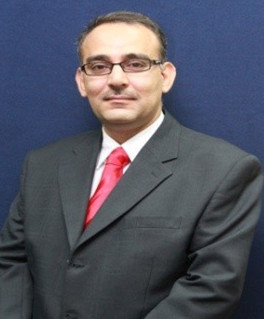Abstract—Practical applications of microbial fuel cells (MFCs) for wastewater treatment will require operation of these systems over a wide range of temperatures. MFCs at room or higher temperatures (20–35oC) are relatively well studied compared those at lower temperatures. MFC performance was examined here over a temperature range of 5–25oC in terms of initial time needed for reproducible power cycles, and performance. We have investigated the Enterobacter sp. ALL-3 at the different temperatures and it was it was found more effective if the microorganism is able to transfer electrons directly (exo-electrogenic organism) via the cytochromes or the ubiquinone. These carriers of electrons form stable reversible redox couples, not biologically degraded and not toxic to cell. MFCs was originally launched at 10oC, followed by a decrease in temperature to 5oC and then the temperature was increased to 25oC, thus we have created the conditions to the natural fluctuations in temperature. This cell performance resembled that for MFC operated at 5oC (30 d). That for MFC operated at 10oC voltage of reactors increased to 525-530 mV, just after 8-10 days level decreased to <50 mV. A subsequent increase in temperature up to 25oC led to the fact that the voltage in the reactor dropped to 480 mV, but remained still high. The cycle has increased to 12-d. These results demonstrate that MFCs can effectively be operated over a wide range of temperatures, but our findings have important implications for the startup of larger scale reactors where low wastewater temperatures could delay or prevent adequate startup of the system.
Index Terms—Cyclic voltammetry, Enterobacter sp., microbial fuel cells, microbiological identification, polarization curve, power generation.
Olga Tkach, Lihong Liu, and Aijie Wang are with the State Key Laboratory of Urban Water Resources and Environments (SKLUWRE), School of Municipal and Environmental Engineering, Harbin Institute of Technology, Haerbin 150090, China (e-mail: tsyganovahelga@gmail.com, Lihongliu0405@163.com, waj0578@hit.edu.cn).
[PDF]
Cite:Olga Tkach, Lihong Liu, and Aijie Wang, "Electricity Generation by Enterobacter sp. of Single-Chamber Microbial Fuel Cells at Different Temperatures," Journal of Clean Energy Technologies vol. 4, no. 1, pp. 36-42, 2016.


